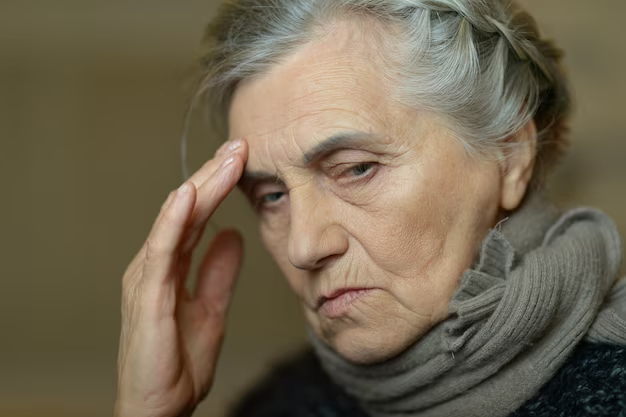Understanding Parkinson's Disease: How It Affects the Body
Parkinson's disease is a chronic and progressive movement disorder that affects the body in several profound ways. It primarily targets the nervous system, compromising both motor and non-motor skills and impacting quality of life for millions globally. But what exactly happens in the body when someone has Parkinson's, and how does it manifest in everyday life?
The Science Behind Parkinson’s Effects
At the heart of Parkinson's disease is the death of dopamine-producing neurons in a part of the brain called the substantia nigra. Dopamine is crucial for regulating movement and coordination. As these neurons deteriorate, symptoms start to emerge, resulting in the characteristic tremors, stiffness, and balance issues commonly associated with the disease.
Motor Symptoms
1. Tremors
One of the most recognized symptoms, tremors usually begin in a limb, often the hands or fingers, and can be most pronounced when the body is at rest.
2. Bradykinesia
This term translates to "slowness of movement." Over time, a person with Parkinson's will notice reduced ability to move quickly or initiate movement, making daily activities challenging.
3. Muscle Rigidity
Muscle stiffness can occur in any part of the body, limiting one's range of motion and causing discomfort.
4. Postural Instability
Balance problems lead to a higher risk of falling, often becoming more severe as the disease progresses.
Non-Motor Symptoms
1. Cognitive Changes
From mild memory issues to severe dementia, Parkinson's can affect cognitive function as it progresses.
2. Mood Disorders
Depression and anxiety are common, often exacerbated by the loss of independence and physical capabilities.
3. Sleep Disorders
Disruptions in sleep patterns and conditions like REM sleep behavior disorder can develop.
4. Autonomic Dysfunction
This includes a range of symptoms like orthostatic hypotension (a drop in blood pressure upon standing), constipation, and bladder issues.
Managing Life with Parkinson’s: Tools and Resources
Living with Parkinson's disease requires adapting to new challenges, often prompting a need for external support and resources to maintain a quality lifestyle.
Financial Assistance and Government Programs
For those navigating the financial implications of Parkinson's, several programs can provide crucial support:
💸 Financial Aid Programs
Social Security Disability Insurance (SSDI): Available for those with disabilities like Parkinson's, this program offers monthly benefits if you meet certain criteria.
Medicare and Medicaid: Ensure healthcare needs are met. Medicaid can particularly aid those with limited financial resources.
📚 Educational Opportunities
Scholarships for Caregivers: Programs to support those who dedicate time to caring for individuals with Parkinson's, alleviating financial pressure.
Workshops and Courses: Educational initiatives can help patients and caregivers stay informed about disease management and new therapies.
💳 Debt and Credit Solutions
Debt Relief Options: Specialized financial counseling services are available to assist with managing debt accrued from medical expenses.
Credit Counseling: Programs offering advice on handling credit to reduce financial stress.
In conclusion, Parkinson's disease brings a multitude of changes to both the body and mind. However, understanding these changes and utilizing available resources can significantly improve the quality of life for those affected. Encouragingly, there are numerous pathways for financial and educational support, providing a beacon of hope for managing life with Parkinson's effectively.

Related Topics
- Are There Environmental Causes Of Parkinsons
- Can Alcohol Cause Parkinson's
- Can Concussions Cause Parkinson's
- Can Concussions Cause Parkinson's Disease
- Can Dogs Get Parkinson's Disease
- Can Dogs Get Parkinsons
- Can Dogs Have Parkinson's
- Can Dogs Have Parkinson's Disease
- Can Females Get Parkinson Disease
- Can Head Trauma Cause Parkinson's